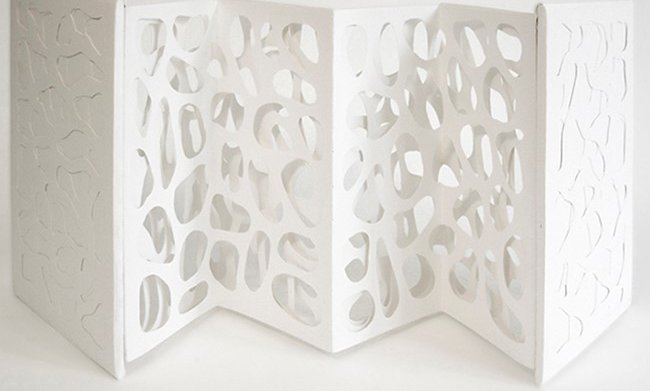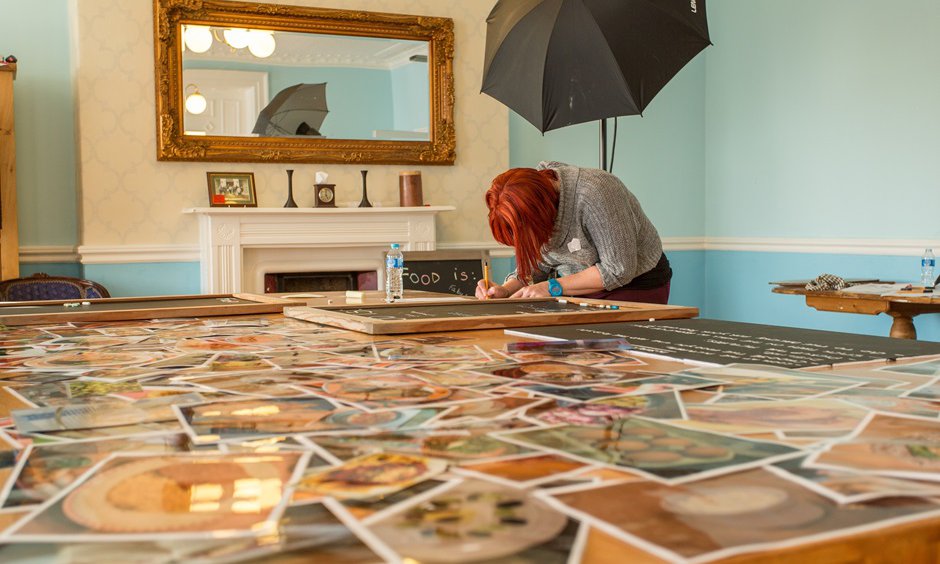Five mindfulness activities that can improve mental health
by Dr Stella Bolaki
31 May 2019
This blog post is part of our Summer Showcase series, celebrating our free festival of ideas for curious minds.
In an ever-more complicated world, mental health problems are on the rise, and have been since the early 1990s. In the UK, approximately one in four people will experience a mental health problem each year. The National Institute for Health and Care Excellence recommends mindfulness as a way to prevent depression and notice signs of stress or anxiety.
Dr Stella Bolaki's research is about the positive impact that creating artists’ books can have on mental health, including for individuals going through serious illnesses. Here’s more information on the creative practice, plus four other activities that can have a beneficial impact on mental health.
1. The artist's book
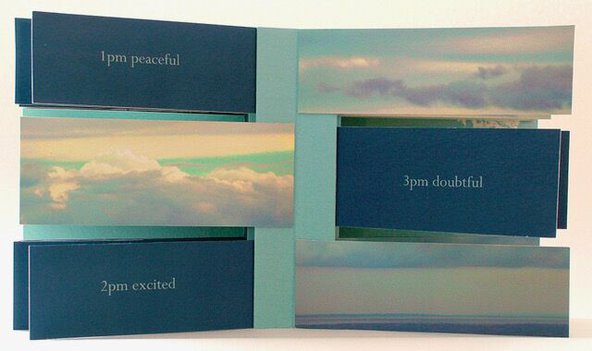

The artist’s book is a highly versatile medium that can be used to creatively explore personal experiences and promote mental wellbeing. The physical acts of cutting, folding, stitching, embossing, collaging and layering textures to create different effects can be cathartic. They can help the maker of a book to stay focused, relieve stress and process painful emotions without using words. Different book structures and techniques can facilitate mindfulness while infusing its practice with sensory pleasure. For example, a flag book can become a record of changing moods, thoughts and sensations, offering a snapshot of one’s mental state. A book with handwritten calligraphy, a sequence of drawings or simply marks can quieten the mind and ground the maker in the present. Altering an existing book to make its illustrations more sculptural or to change the way it is read can empower them by allowing them to communicate something new. A book can be housed in a crafted box, or accompanied by objects that are meaningful to an individual – together they can be used for reflection, motivation and support during difficult times, or just for play and relaxation. If you want to learn some basic book-making techniques and experiment with this art form, there are several online tutorials and drop-in workshops. – Dr Stella Bolaki
2. Knitting
In 2017, the charity Knit for Peace conducted an extensive literature review of the research into the health benefits of knitting. Founded as a way for Hutu and Tutsi widows in Rwanda to generate an income, Knit for Peace has since spread to several other countries, responding to demand from knitters eager to participate. Their survey found that the rising popularity of knitting could be thanks to its soothing, repetitive nature, calling it "as relaxing as yoga". The motion of knitting lowers blood pressure and heart rates, according to a study by Harvard Medical School’s Mind and Body Institute, and improves moods by increasing serotonin levels. Sociable knitting can help to reduce anxiety, depression and isolation, while knitting for those in need gives a sense of purpose, particularly for retired and less mobile people. Other recorded benefits included slowing down the increase of onset dementia, lowering the overall chance of age-related cognitive impairment and distracting the mind from chronic pain or even cravings, such as those experienced by heavy smokers, by keeping their hands busy. If you didn’t learn to knit as a child, it’s not too late. YouTube is filled with step-by-step tutorials, there are drop-in workshops all around the country – or you might even know someone who’d be delighted to pass on their skills.
3. Life drawing
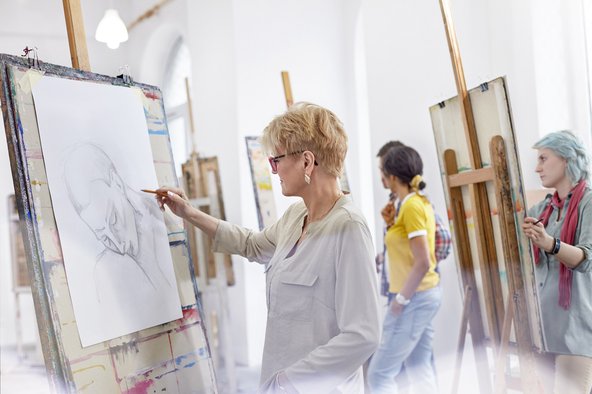
For centuries, artistic training centred around the life class: students gathering to draw a usually nude, often male model. The aim was for artists to study and understand human anatomy, so as to capture it as accurately as possible in the painting commissions they would receive further on in their career. Although life drawing is no longer a central part of many art degrees, research suggests that the wider population have much to gain from learning to draw from life, regardless of professional ambition. Research televised on the BBC showed that attending a life drawing class once a week significantly improved key indicators of brain health, including memory. The practice of looking intently and training your hand to replicate what your eye sees requires focus and develops psychomotor skills, while the group nature of most classes adds the benefit of regular social interaction. It’s been argued that studying the realities of an average human body could be a powerful antidote for teenagers otherwise inundated by images of airbrushed perfection, or help to improve empathy. And although the traditional structure of an in-person life class may appeal to those looking for an activity that forces them to disconnect, initiatives like the Royal Academy’s #LifeDrawingLive open up classes to anyone with access to the internet, paper and a pencil.
4. Journaling
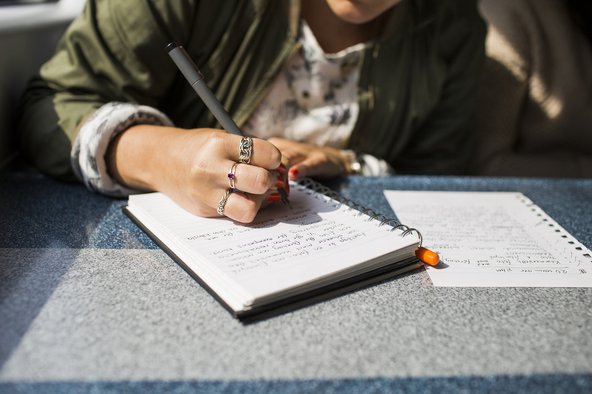
The practice of journaling has a long history as a way of recording the experiences and private narratives of people’s lives, but it’s only more recently that we have started to think of journaling as a mindfulness activity. From the guided journal to the bullet journal, there are a number of different journaling styles to cater to your preferences and goals. Expressing your thoughts and reflecting on emotions through journaling can help to clarify the complicated jumble of sensations you experience daily. Writing about painful emotions can help reduce stress by releasing the intensity of these feelings. Brain scans have shown that writing about emotions reduced activity in the amygdala, the area of the brain associated with regulating emotions. Gratitude journals – diaries documenting the things that make you feel grateful – have also been linked to higher levels of optimism and wellbeing. Even Oprah has advocated the positive effects of gratitude journaling. These benefits are not restricted to just writing with pen to paper; a study on online journaling, where medical patients logged onto a website to write journal entries following positive writing prompts such as ‘what are you thankful for?’, showed that it was related to decreased mental distress, fewer depressive symptoms, less anxiety and increased wellbeing.
5. Making music
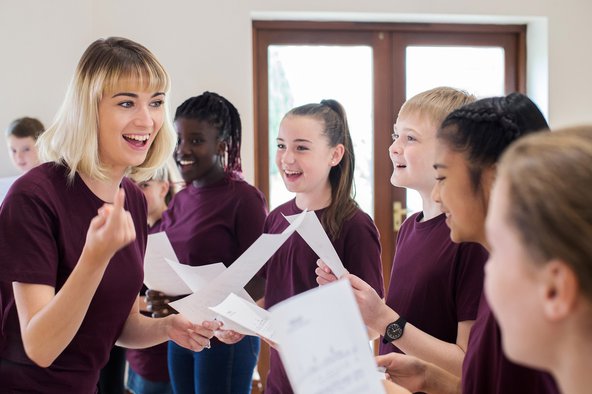
Studies have shown that music can improve moods by releasing dopamine, a feel-good chemical in the brain. In a study reported in Nature Neuroscience, dopamine levels increased up to 9% when volunteers listened to music that they enjoyed, showing a link between music and mental wellbeing. A review of studies on the effectiveness of music therapy showed a reduction in depression levels and improvements in confidence, self-esteem or motivation in people who underwent music treatment. There are similar benefits to actively making music – in a study of older adults, piano lessons decreased depression and put participants in positive moods. Creating music in groups can also have social benefits, giving people a sense of community. Group drumming was shown to improve depression, anxiety and social resilience in mental health service users. Singing in choirs was also reported to have positive effects on quality of life and physical health. As well as being a fun and creative skill, playing an instrument can have a variety of cognitive benefits and positive effects on wellbeing. With countless online video tutorials, apps and ways of connecting with group music lessons, learning an instrument has never been so accessible.
Dr Stella Bolaki is Reader in American Literature and Medical Humanities in the School of English at the University of Kent. She is the author of Illness as Many Narratives: Arts, Medicine and Culture. She was awarded a BA/Leverhulme Small Research Grant in 2016-17 for her project Women’s Writing and Health: The Material Power of Artists’ Books. Keep up to date with the project on @ArtistsBooks1.

